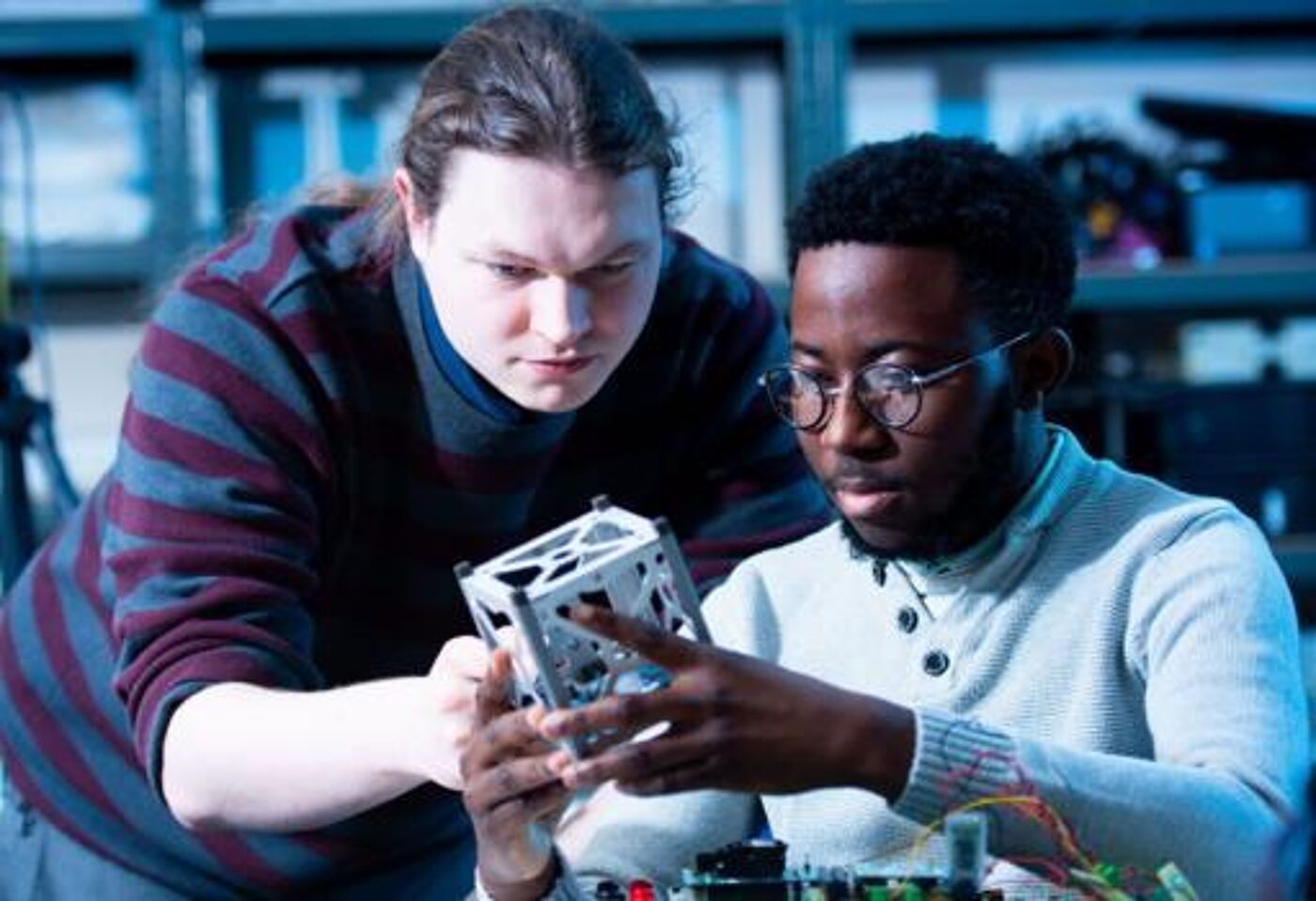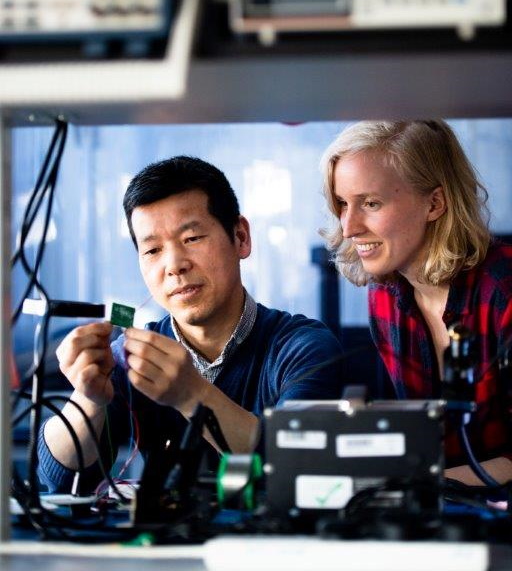
Space and Exploration Technology
The Space and Exploration Technology Group (SET) delivers frontier research across access to space, in-orbit and planetary exploration technologies, including underpinning work on orbital dynamics and mission design. Through simulation, laboratory-scale demonstration and terrestrial analogues, our work is developing key technologies to enable the exploration missions and satellite applications of the future. Our laboratory-based research activities are centred on the Integrated Space and Exploration Technologies Laboratory (I-SET), recently up-graded to provide an air-bearing and Helmholtz coil, vacuum chamber, clean room area and 3D printing facilities. A new European Space Agency (ESA) funded space environment chamber will support work on rocket plume-regolith interaction for lunar, Mars and asteroid missions.
Our staff
Academic staff |
Research Assistants |
PhD candidates |
|---|---|---|
| Prof Colin McInnes | Dr James Beeley | Livia Ionescu |
| Prof Konstantinos Kontis | Dr Litesh Sulbhewar | Luca Löttgen |
| Prof Patrick G Harkness | Dr Iain Moore | Christopher Teale |
| Dr Matteo Ceriotti | Satyam Bhatti | Majid Alhajeri |
| Dr Kevin Worrall | Vaibhav Somaji Anuse | Jack Tufft |
| Dr Mohammad Yazdani-Asrami | Khaldon Al-Areqi | Zitong Lin |
| Dr Gilles Bailet | Robbie Gordon | Claudia Jimenez Cuesta |
| Jonathan Draper | Matthew Deans | |
| Edward Tomanek-Volynets | ||
| Jack Davies | ||
| Abdullah Akdogan | ||
| Miguel Rosa Morales | ||
| Fabienne Seibert | ||

Research themes
- Access to space
- Emerging space technologies
- Orbital and attitude dynamics
- Energy from space
- Landing on other worlds
- Surface and subsurface exploration



